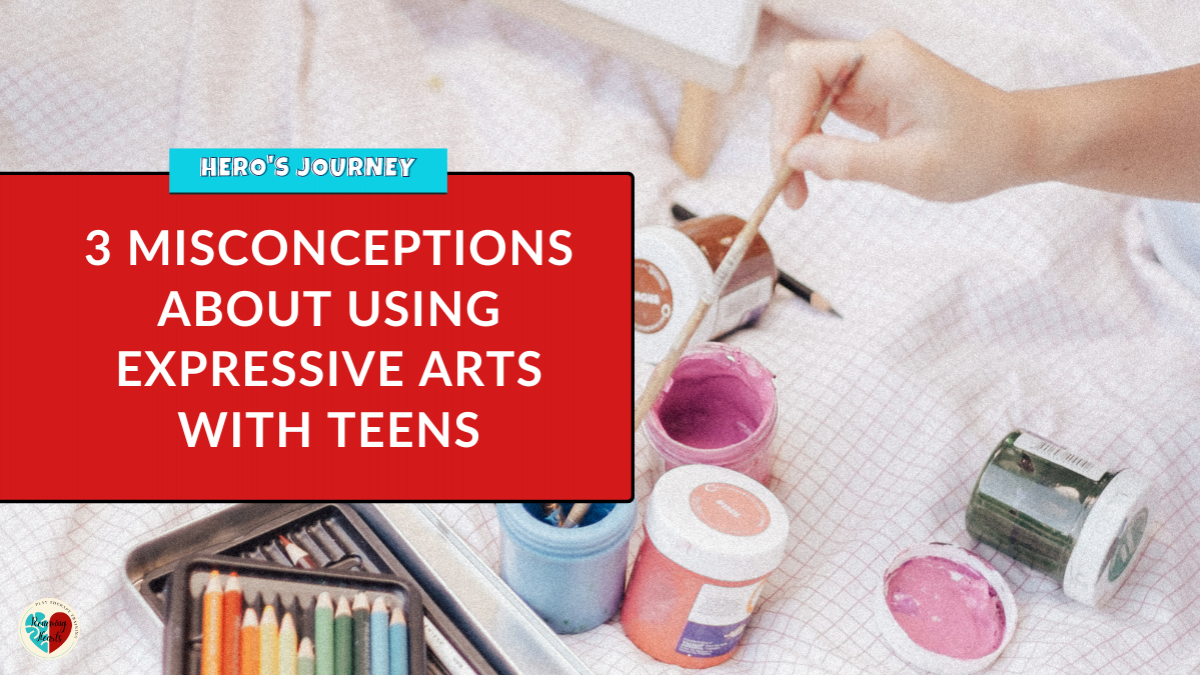3 Misconceptions About Using Expressive Arts with Teens

Adolescents have their own unique needs in the treatment process. Play therapists often struggle with knowing how to help their adolescent clients access the therapeutic powers of play for healing.
Using expressive arts with adolescents provides an excellent way to help them process and explore painful emotions and experiences. But, many therapists don’t use expressive arts due to their misconceptions about this powerful modality.
I’m going to discuss three misconceptions about using expressive arts so that you tap into this powerful modality to help your adolescent clients heal. I’ll also share how I use expressive arts to get great results in treatment, even with reluctant, defensive, and guarded teens.
1. Understanding Adolescent Developmental Needs
Adolescence is a pivotal time marked by profound identity exploration and social navigation. To effectively engage adolescents in therapy, it's crucial to understand their core developmental tasks. From defining personal values to navigating social dynamics, adolescents grapple with a myriad of challenges. Imposter syndrome, a common struggle even in adulthood, further underscores the need for empathetic support during this critical period of self-discovery.
2. Harnessing the Power of Expressive Arts
Expressive arts serve as a gateway to unlock meaningful therapeutic experiences for adolescents. From art and music to drama and writing, these modalities offer creative outlets tailored to individual interests and preferences. By meeting adolescents where they are and inviting them to express themselves non-verbally, therapists can establish trust and facilitate exploration in a safe environment. Through expressive arts, adolescents can navigate complex emotions, process trauma, and cultivate self-awareness.
3. Grounding Your Practice in Theory and Neuroscience
To effectively utilize expressive arts in play therapy, it's essential to ground your practice in theory and neuroscience. Drawing from attachment theory and neuroscience, therapists can develop a solid framework for case conceptualization and treatment planning. By understanding the underlying patterns and behaviors, therapists can tailor interventions to meet the unique needs of each adolescent client. Moreover, integrating neuroscience insights enables therapists to create a safe therapeutic space conducive to healing and growth.
In conclusion, incorporating expressive arts into play therapy offers a dynamic approach to engage adolescents in their therapeutic journey. By aligning with their developmental needs, harnessing the power of creative expression, and grounding practice in theory and neuroscience, therapists can effectively support adolescents in navigating the challenges of adolescence and fostering holistic well-being.
Categories: : Expressive Arts, Podcast
 Cathi Spooner
Cathi Spooner 
